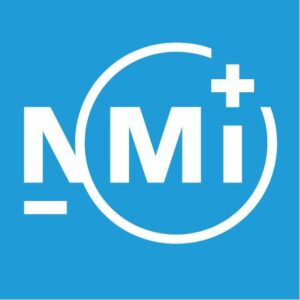This website uses cookies. A cookie is a simple small file that is sent along with pages from this website [and / or Flash applications] and is stored by the browser on the computer's hard drive. The information stored therein can be sent back to the servers on a subsequent visit.
This website uses functional and analytical cookies. These cookies are used to improve the user experience and to gain insight into visitor statistics. Cookies can be deleted via the browser settings.



